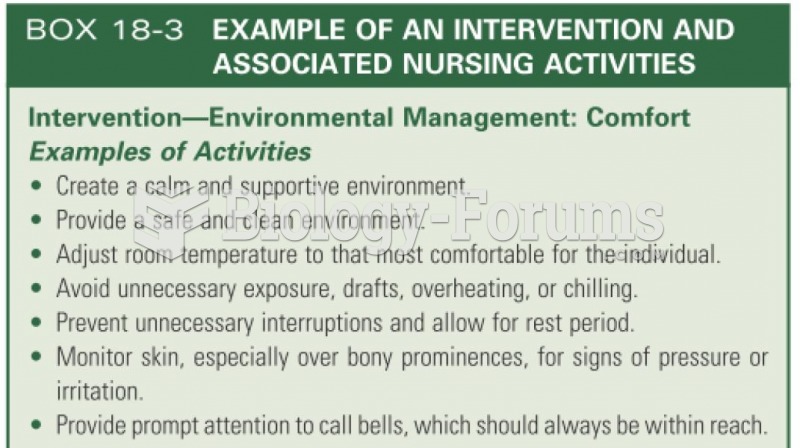This topic contains a solution. Click here to go to the answer
|
|
|
Did you know?
Your heart beats over 36 million times a year.
Did you know?
There are more sensory neurons in the tongue than in any other part of the body.
Did you know?
Medications that are definitely not safe to take when breastfeeding include radioactive drugs, antimetabolites, some cancer (chemotherapy) agents, bromocriptine, ergotamine, methotrexate, and cyclosporine.
Did you know?
Drying your hands with a paper towel will reduce the bacterial count on your hands by 45–60%.
Did you know?
Acetaminophen (Tylenol) in overdose can seriously damage the liver. It should never be taken by people who use alcohol heavily; it can result in severe liver damage and even a condition requiring a liver transplant.
 Pulsars are highly magnetized, rotating neutron stars that emit a beam of electromagnetic radiation.
Pulsars are highly magnetized, rotating neutron stars that emit a beam of electromagnetic radiation.
 Homer: In the Western classical tradition Homer is the author of the Iliad and the Odyssey, and is ...
Homer: In the Western classical tradition Homer is the author of the Iliad and the Odyssey, and is ...





